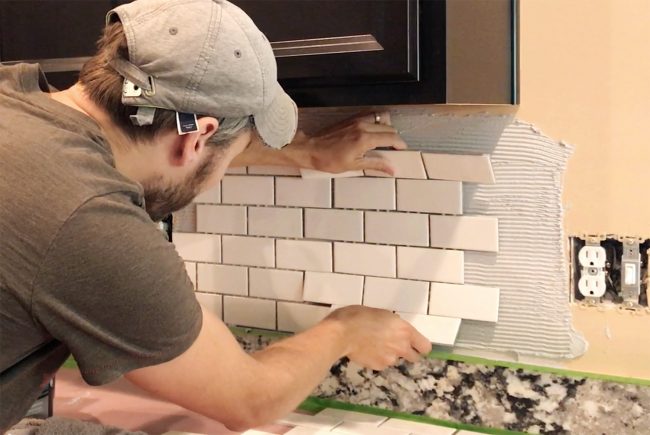Part of the reason (I think) is that methane is really not the best liquid to use for transpiration. It pyrolizes in high temperatures, causing coking (similar to burning "fuel-rich") which could clog up the transpiration pores. LOX is not much better; pure oxygen is highly reactive. It's possible they could do the transpiration with a separate small tank of e.g. liquid nitrogen I suppose, although its heat of vaporization is less than half of methane. And maybe they'll do something like this for the most vulnerable, highest-heat areas, though probably not for the entire heat shield.
My guess is that they'll end up with an ablative layer underneath the tiles, as a backup in case a tile falls off. Starship's heat shield area is about 900 square meters. For comparison, Dragon uses an 8cm-thick PICA-X heat shield, about 2cm of which is "consumed" on each reentry. (1cm charred, 1cm pyrolized.) So suppose an intermediate 2cm PICA-X layer would be sufficient to keep Starship intact if a few tiles fall off. PICA-X has a density around 0.27g/cm^3, so a 2cm layer underneath Starship's heat shield would mass just under 5 metric tons. Not great, but not crazy, especially if it's eventually only used on crew Starship, or for landing high-value payloads. (Hubble retrieval anyone?)
Didn't Elon also say that it the liquid could (somewhat counter-intuitively) get "shock frozen" in the pores when the ship slams in to the atmosphere?




:max_bytes(150000):strip_icc():format(webp)/advice-on-installing-mosaic-tile-sheets-1822613-hero-170c46b1ce6d45e0be79bd608341ccac.jpg)
